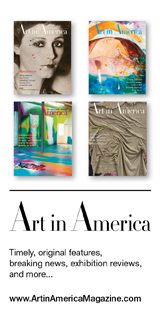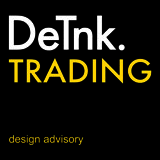Week two: Investing in 3D printed design
by Nicole Swengley
In the second of a series of three articles, design writer Nicole Swengley considers the investment potential of 3D printed designs.
Rapid-manufacturing techniques such as 3D printing are revolutionising the way things are made. And, as the technology develops, it is likely to have a big impact on both the collectables market and mass production.
Designers using this technology to create limited editions or one-off designs enjoy complete freedom in terms of form. “Previously unachievable geometries and forms make these pieces unique which adds to their collectability,” says London gallerist Libby Sellers.
Collectors have already shown interest in acquiring key, early pieces, snapping up three designs from Patrick Jouin’s SOLID collection shown by New York gallerist, Murray Moss, at Design Miami in 2005. Prices have risen subsequently. Moss now sells editions of the S1 stool (originally $18,000) for $28,000 while the C2 chair and T1 table (respectively $24,000 and $22,000 in 2005) currently cost $38,000 each.
“The first artefacts produced through any new technologies and in any newly-developed materials, can become iconic and historical benchmarks,” says Moss. “They are objects which change our perceptions, inspire our imaginations and pave the way for profound changes in how we make things. Think of Thonet’s bentwood or Mies van der Rohe’s tubular steel. In a similar way, I believe these first-generation 3D objects are game-changers and will undoubtedly increase in value.”
His view is shared by Miriam van Dijk of Netherlands-based Priveekolletie gallery which represents Arik Levy and Miguel Chevalier, both of whom employ the technology. “This technique makes unique concepts conceivable since all shapes and colours imaginable are possible,” she says. “It clearly opens the door to collectors and, as prototypes for limited edition designs, they are extremely collectable.”
Not all gallerists agree. Pascale Revert of Paris-based Perimeter Art & Design believes “this is a super-niche market for the real design aficionados so the investment potential remains fairly limited.”
Still, the endorsement provided by museum acquisitions could steadily underpin the market. So what should collectors look for? Moss suggests “innovation and objects which result from a ‘cocktail’ of new materials, advances in digital and laser technologies and new or advanced 3D printing methods”. A collector’s personal approach to aesthetics will naturally play a part too.

Fast Forward by Rabih Hage























